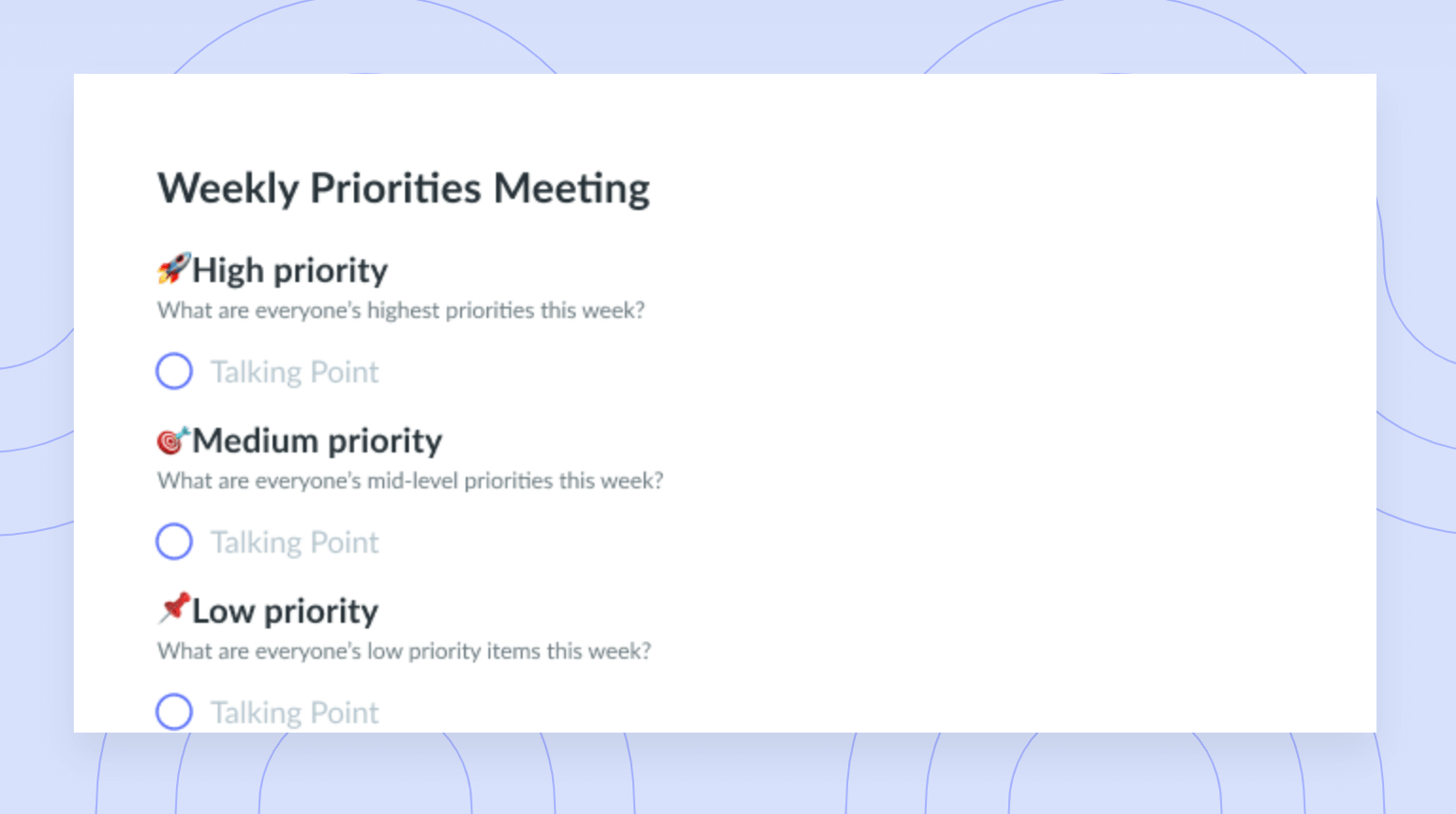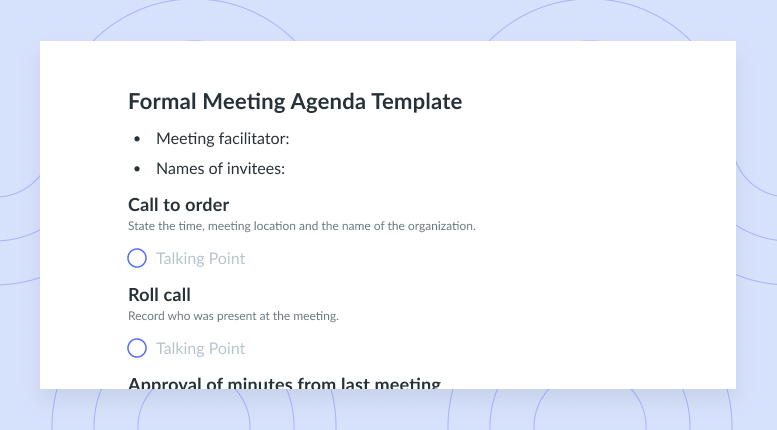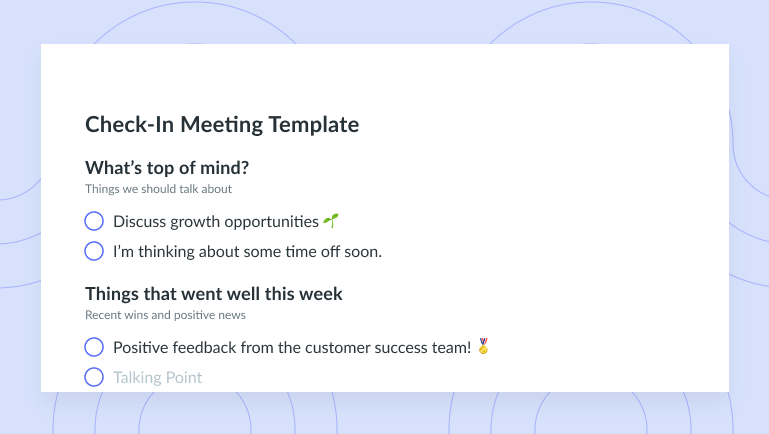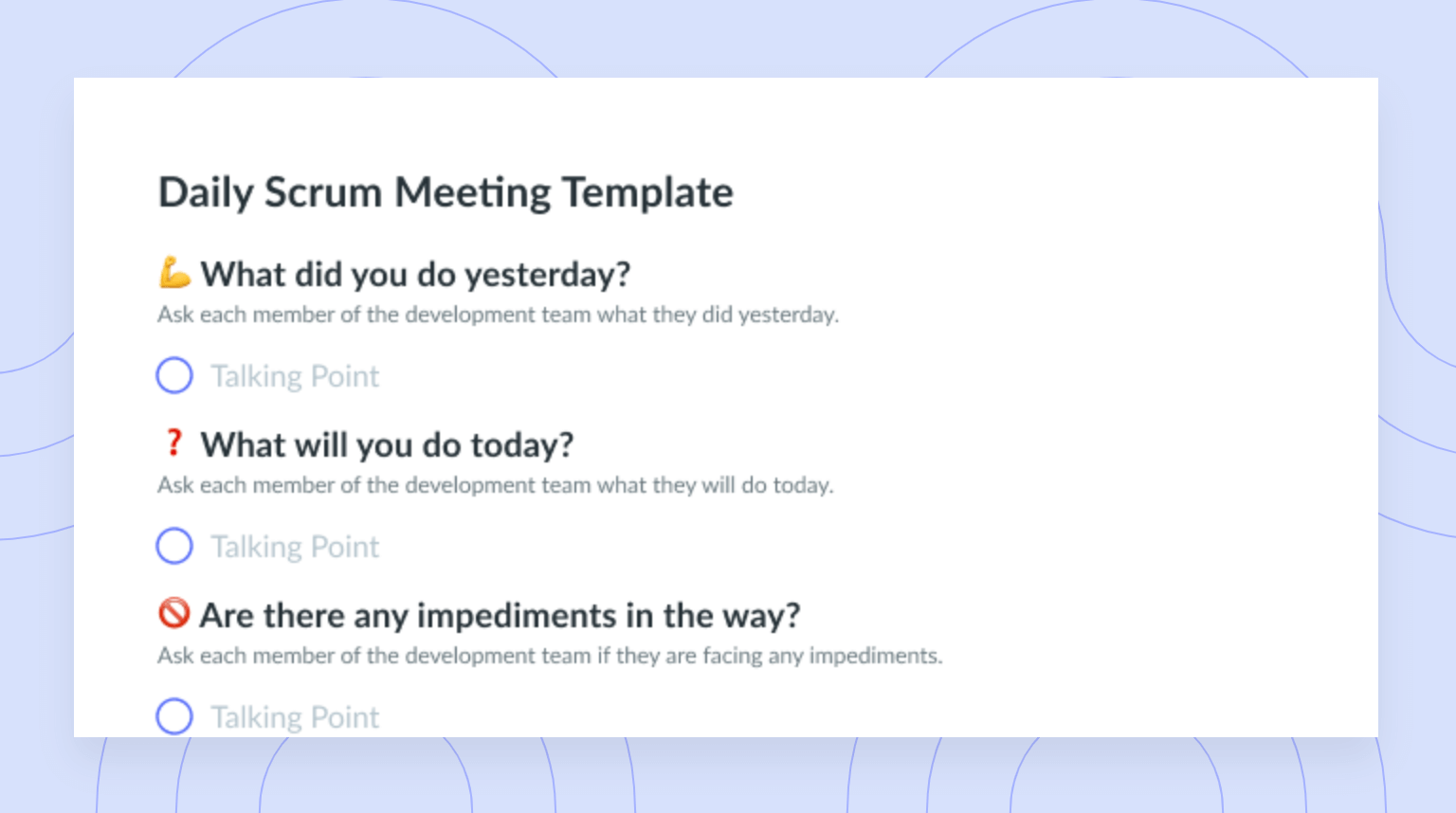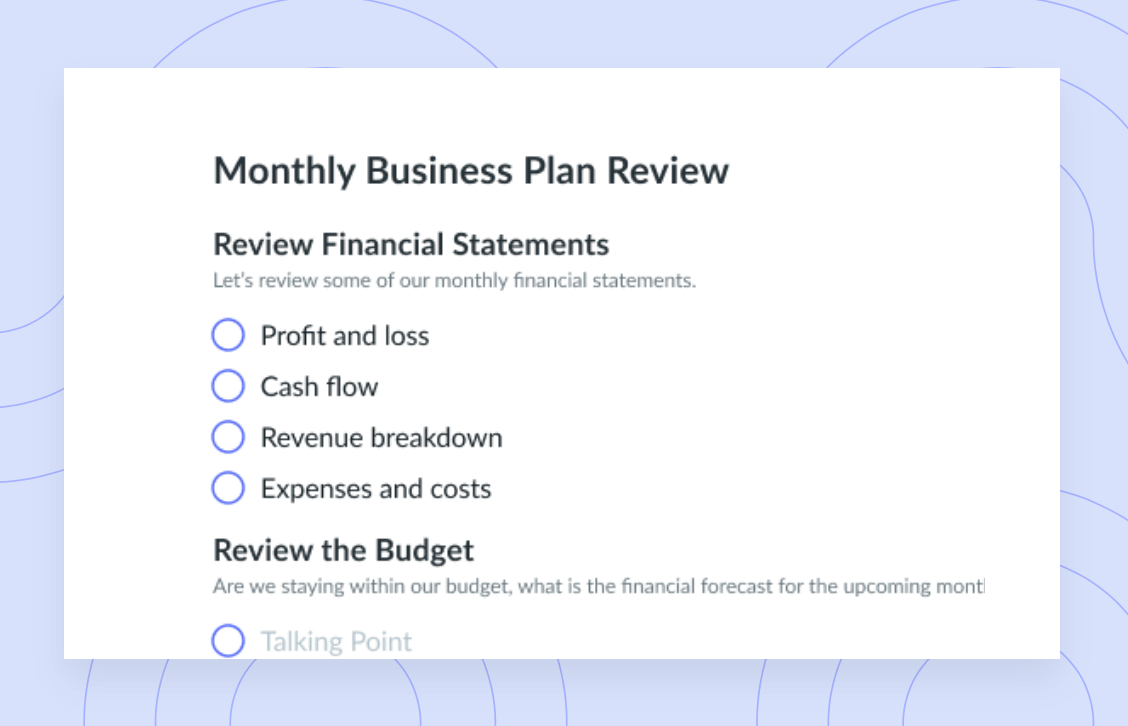How to Work From Home: Best Practices From a Decade-Long Expert
#ManagementHeroes interview with Rebecca Snyder, Remote Project Manager at DockYard.
The typical commuter spends 20 more minutes a week commuting than they did a decade ago. Over the course of a year, this results in 17 additional hours commuting.
What would you do with an extra 17 hours per year? 💭
With that extra time, you could watch the theatrical release of all three Lord of the Rings twice, play in just over 11 soccer games, and listen to Pink Floyd’s Dark Side of the Moon over 23 times.
It’s easy to see why about 36 million workers in the United States work from home, at least occasionally. And 57% of these individuals have a flexible schedule, meaning that they can choose when to start and stop working.
For some people, working remotely comes with the assumption of reduced productivity, more distractions, and lying on the couch all day. However, based on evidence from a Chinese experiment of 16,000 employees at Ctrip (a travel agency listed on the NASDAQ), home workers had a 13% increase in performance related to more minutes per shift as a result of few sick days and fewer breaks, and the quieter, more convenient work environment.
Still, there are a lot of challenges inherent to remote work. While some may struggle with communication and productivity, others might find it really hard to bond with their team members.
Over the past decade of working remotely, Rebecca Snyder has developed some tips and tricks to overcome the challenges associated with working from home. Today, she leads multidisciplinary teams as a Project Manager at digital product agency, DockYard. Here is her story:
- Use your calendar to prioritize your tasks
- Take advantage of emojis
- Create moments for casual conversations
- Give timely and specific feedback
- Collaborate on meeting agendas
- Document your achievements
- Identify your values and how remote work fits
7 Tips to work from home from a decade-long remote worker 🏡
1 Use your calendar to prioritize your tasks
In the last decade, Rebecca has spent a fair amount of time onboarding new employees at remote companies. She finds that a lot of people struggle with how to manage their day. She recommends blocking of time in her calendar to get work done. As a project manager, she has a lot of meetings throughout the day. She sees where the meetings are and then blocks some time where she can work on her top priorities.
It might be half an hour here or there, but if the calendar slot is free, other coworkers might book the time thinking that you are completely available. Rebecca describes this process as using her calendar to help prioritize and figure out what you are going to do for the day and keep other people from interrupting you.
“I usually have a lot of meetings throughout the day. A lot of designers and developers don’t have a lot of meetings. I do, and then it’s the challenge of getting things done. So what I tend to do is everyday when I start my day, I see where all my meetings are and then I go in and fill in the rest of my day with little meetings on my calendar of what I’m going to do. For one thing, that helps me say what are my top priorities, here’s half an hour where I can do those three things.”
2 Take advantage of emojis to convey personality and tone
When you work in a traditional office work environment, you might have a lot of opportunities to showcase your personality. There is what you keep on your desk, how you dress, and multiple outlets for casual conversations. But when you take away the office space, how can you share your personality electronically?
Rebecca emphasizes the importance of emojis and gifs. There are more options to choose from and variety is the spice of life. You may not be (or even want to be) an emoji connoisseur. You might not even use emojis in conversations with your BFF. But when communicating with co-workers electronically, these little things can help a lot. Otherwise, it’s just text. There are no facial expressions, no body language indicators or tone of voice. It’s easy for something to be misinterpreted and come off as anti-social or curt when that wasn’t the intention. Rebecca explains that it’s how you communicate tone of voice – you can use emojis to tell the other person that you are kidding or being sarcastic.
“I’ve told people that gifs and emojis are your friend. And I’m someone who never used those things prior to Slack coming along. I’ve definitely worked with people who’ve said that ‘It’s not my style.’ I get that, I do but you have to break that habit and you have to make it your style. It’s how you do tone of voice. It’s how you let people know that you’re kidding or that you’re being sarcastic.”
If you use Slack, Rebecca suggests customizing your emojis. While a smiley face can get stale, one can “jazz it up” by making it a superhero, a Jedi, a muppet, or something else to communicate your personal interests.
“It’s a way to show people who you are in addition to the emotion,” says Rebecca.
At Fellow, we take advantage of the customizable Slack emojis. We’ve added our logo, a “sad face” from one of the engineers, and one of our designers likes to provide updates on how he is progressing with his Rubix cube (amongst many other Slack reactions):

3 Create moments for casual conversations and team bonding
In Gallup’s 2017 Report on the State of the American Workers, there is an emphasis for managers to help a remote team feel connected – the importance of independence as opposed to isolation. To do this, it’s important to maintain deliberate, ongoing communication and encourage team members to be involved in company-wide meetings, celebrations and events.
According to Rebecca, Fridays at DockYard are DockYard days, meaning that the team doesn’t work on external clients projects but focuses instead on personal and professional development.
It’s part of their culture! Then, DockYard has two regularly scheduled team-wide meetings – a coffee house and an all-hands meeting.
The first one is a 30-minute opportunity for people to chat – almost like a ‘forced’ water-cooler conversation. The chatty participants are the ones who would be talking a lot in the breakroom of a brick and mortar office. But it also helps shy people to get out of their shell. Rebecca encourages her teammates to take advantage of this opportunity. While DockYard holds in-person retreats as well, these are often more logistically challenging and expensive. But for the coffee-house, it only requires the team to hop onto a video call at a predetermined time and just hang out for a while.
“I know people who don’t like it because it seems weird that it’s forced but it’s the best way that I know of in order to help folks get to know you a bit,” says Rebecca.
Immediately after the coffee house, DockYard holds an all-hands meeting where company leadership provides updates on projects, and important information. It’s a way for all of DockYard to keep aligned and aware of what else is going on.
4 Give timely and specific feedback
Gallup’s report also comments that it often takes managers of remote workers longer to understand the strengths and weaknesses of their direct reports – factors that often affect performance management. To overcome these challenges, remote managers like Rebecca use tech tools and gain information from others. As a project manager, Rebecca works with a lot of different people on various projects. Currently, she is working on three projects with up to five people on each one.
“As a project manager, I always get asked for feedback. If I’m going to give someone feedback on someone else, I’m a big proponent of always trying to have specific examples. And conversely, if someone does something that I find to be a problem, or does something really awesome, I always try to document it.”
As a remote manager, Rebecca recognizes the importance of immediateness and specificity of feedback. She used to keep a spreadsheet with a tab for each person she worked with containing documentation of specific examples. That way, if she was ever asked to provide feedback she would be armed with things to say. But when Rebecca became part of a larger team, the process became less and less sustainable (a spreadsheet with 50 tabs isn’t very usable).
Now, Rebecca has been using Fellow’s Feedback section to write feedback in the moment – either by saving it as a draft or by sending this directly to the person’s manager. It’s a way to share confidential information and equip the manager with knowledge about their direct reports that they might not have known. It’s a great way to help the managers learn and understand their direct team’s strengths and weaknesses.
As for direct positive feedback, DockYard has its own system worked out. The company has an online store filled with DockYard merchandise (T-shirts, hoodies, etc.). One component of the store is a feedback survey (Rebecca typically completes about two per month).
Employees can go in and say that someone else embodied elements of the DockYard mission in a specific situation. These responses are sent to the leadership team who vet the responses about once a month. They read what happened and send the feedback along with store credit. The idea is that if someone does something great, they get to buy more swag! 👕
5 Collaborate on meeting agendas
A remote team doesn’t have the option to huddle around a whiteboard or brainstorm at a conference table. This inherent lack of collaboration is a big criticism of remote work – something that can be alleviated with collaborative tools. Reflecting back on her first few years of remote work, Rebecca comments that remote work may not have taken off if not for collaborative platforms.
If you use a software that allows for real-time collaboration and editing of meeting agendas, it can help foster collaboration that otherwise would have been missing.
“Collaboration is one of the things that is hardest and yet most necessary for a distributed team. You can’t just sit in a room and stare at a piece of paper. Or put it on a Whiteboard. Fellow is the closest that we get to that.”
6 Document your achievements
Rebecca advises that it’s never too soon to start keeping track of your accomplishments and completed projects. However, Rebecca found herself giving this advice but not following it herself. Now, Rebecca has been using the Personal Section in Fellow to do just that. As an added bonus, Rebecca is coming up to her workiversary, a time where a lot of people reflect on what they’ve accomplished. By having a list with regular upkeep, Rebecca doesn’t have a list heavily biased by recency.
7 Identify your values and how remote work fits
It’s a common sentiment that the future of work is changing. It’s also common to acknowledge that people value different things. For Rebecca, remote work helps her maintain her physical health and the environment. Instead of spending time commuting, Rebecca uses the extra time to work out. And if Rebecca needs to work late, she can make herself dinner, eat, and return to work as opposed to ordering a pizza to the office on a company credit card.
“There are so many things that remote working benefits. One of the biggest things for me, is if I had to take the time to drive into an office, I would not be able to work out. I would either have the time to do that or work out. So I’m able to work out every single day because I don’t have to drive to an office. I use that time to do a work out. So for my own personal health it’s helpful. For the lack of pollution that I’m contributing to the world, it’s helpful.”
This is good because commuting has been shown to cause stress to the body, mind, and relationships. In an article in Scientific American, Annette Schaefer summarizes scientific findings showing that long distance commuters have higher rates of psychosomatic disorders including digestive problems, sleep disturbances and headaches. Experts Frey and Stutzer concluded that for every minute commuting a person is less and less satisfied with life. Pretty dismal.
Not driving also helps reduce Rebecca’s carbon footprint. Her commute adds no pollution to the atmosphere 🌎.
. . .
Remote Work might not be a great fit for everybody, but for a lot of people, it makes a lot of sense. Gallup also found that the autonomy and flexibility of remote work gives rise to “higher performance and greater connections between employees and the company.”
If you embrace autonomy in your work and can maintain discipline, remote work can be a great option for yourself, your family, and the environment.
And if you’re struggling a bit, try some of Rebecca’s tried and true tips! 👍
7 Tips to Work Remotely 🌎
- Use your calendar to prioritize your tasks.
- Take advantage of emojis to convey personality and tone.
- Create moments for casual conversations and team bonding.
- Give timely and specific feedback.
- Collaborate on meeting agendas.
- Document your achievements.
- Identify your values and how remote work fits.









